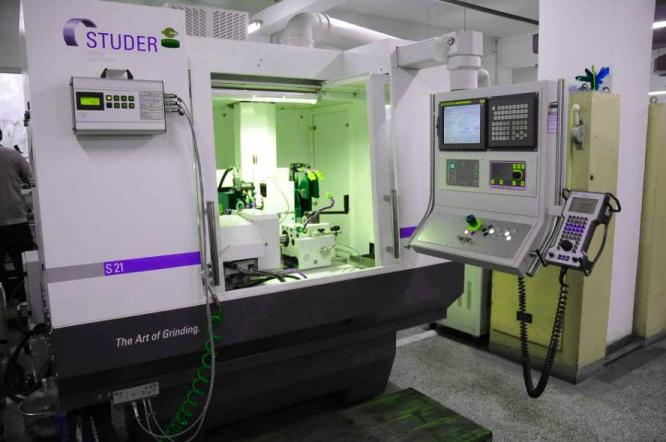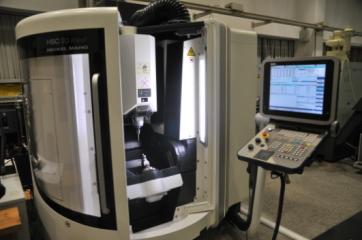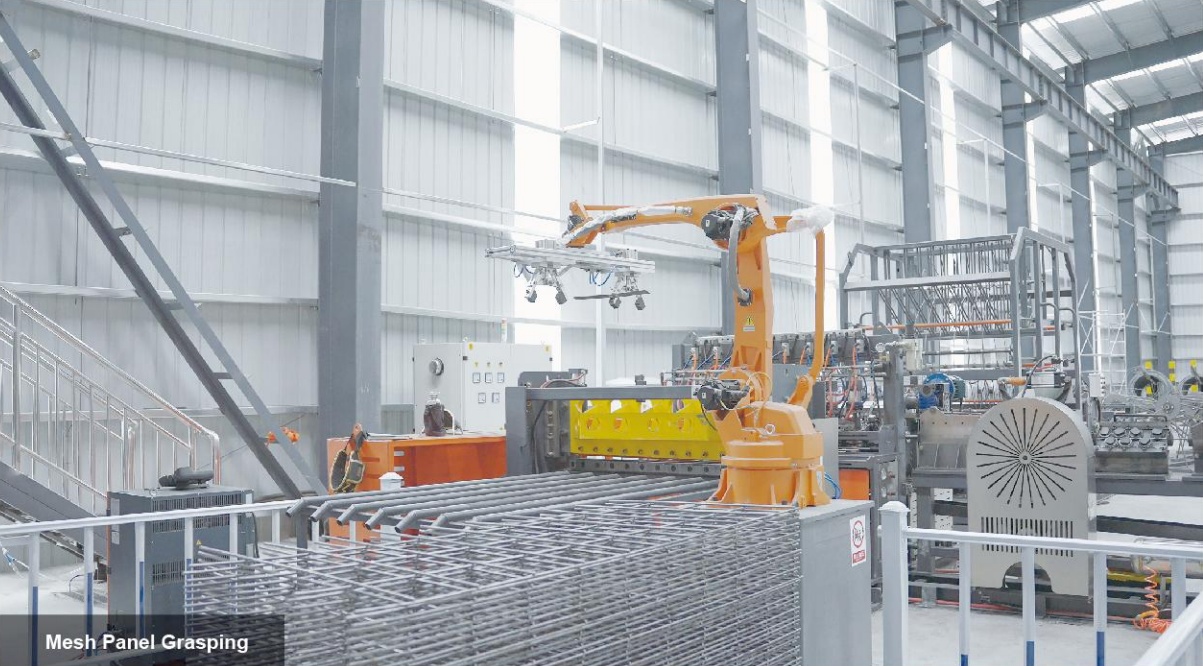You want the best robot arm for your assembly line. In 2025, the leading collaborative robotic arms include the Universal Robots UR20, Fairino FR20, Fanuc CRX-25iA, Epson SCARA Series, ABB IRB 1100, and TeraTon FlexArm S5. These models are known for precision, safety, and fast deployment, making them ideal for small manufacturers. At [YourWebsite.com], we help you choose the right cobot based on your production goals, space, and budget.
Why SMEs Are Embracing Automation
- 38% report lower operating costs
- 52% see improved product quality
- 23% are more likely to survive long-term
Key Evaluation Criteria
1. Payload & Reach
Payload defines how much weight the robot arm can handle; reach defines how far it can extend. Small-scale cobots typically support under 10 kg and extend up to 1 meter. Choose a robot that matches your workstation setup and material sizes.
2. Precision
For reliable results, go with a robot that offers repeatability from ±0.02 mm to ±0.1 mm. High-precision cobots ensure consistent quality, especially in electronics and micro-assembly.
| Robot Type | Precision Range | Ideal Use |
|---|---|---|
| Industrial Arms | ±0.02 mm to ±0.1 mm | Complex tasks |
| SCARA Arms | High precision | Flat-surface assembly |
3. Ease of Use
User-friendly cobots come with drag-and-drop software and intuitive controls. You don’t need advanced programming skills to get started, which shortens deployment time.
4. Safety
Choose models with built-in torque sensors, collision detection, and ISO certifications (ISO 10218, ISO/TS 15066). These allow robots to operate safely near humans, no cage required.
5. Price & Vendor Support
Expect to invest between $30,000 and $100,000 depending on specs. Maintenance costs run 5-12% of the purchase price annually. Strong vendor support like we offer at [YourWebsite.com] ensures better uptime and long-term reliability.
Top Collaborative Robot Arms in 2025
Universal Robots UR20
- Payload: 20 kg
- Reach: 1750 mm
- Precision: ±0.05 mm
- Price: $50k – $70k
- Great for: Packaging, electronics, flexible automation
Fairino FR20
- Payload: 20 kg
- Reach: 1300 mm
- Precision: ±0.03 mm
- Price: $45k – $65k
- Great for: Automotive parts, consumer goods
Fanuc CRX-25iA
- Payload: 25 kg
- Reach: 1889 mm
- Precision: ±0.05 mm
- Price: $55k – $80k
- Great for: Machine tending, assembly, packaging
Epson SCARA Series
- Payload: 3 – 20 kg
- Reach: Up to 1000 mm
- Precision: ±0.01 mm
- Price: $20k – $50k
- Great for: Fast assembly, electronics
ABB IRB 1100
- Payload: 4 kg
- Reach: 580 mm
- Precision: ±0.01 mm
- Price: $35k – $55k
- Great for: Micro-assembly, tight spaces
TeraTon FlexArm S5
- Payload: 5 kg
- Reach: 900 mm
- Precision: ±0.02 mm
- Price: From $28k
- Great for: Precision parts, light goods
At [YourWebsite.com], we provide detailed guidance and support to help you choose the best cobot for your application.
Other Noteworthy Models
FANUC LR Mate Series
- Payload: 4 – 14 kg
- Precision: Up to ±0.02 mm
- Excellent for electronics, medical devices, and automated inspection
Doosan M0609
- Payload: 6 kg
- Reach: 900 mm
- Precision: ±0.03 mm
- Known for AI integration, real-time vision systems, and safety layers
Siemens Mobile Manipulators
- Combine mobility, vision systems, and AI for multi-station automation
- Ideal for high-mix production and space-constrained assembly floors
How to Choose
- Assess Your Needs: Match cobot specs (payload, reach, precision) to your tasks.
- Match Features to Goals: Look for intuitive programming and adaptable EOATs.
- Think Beyond Cost: Consider long-term ROI, maintenance, and productivity.
- Vendor Support Matters: Choose partners who offer training, installation, and upgrades.
Trends in 2025
- AI & Vision: Cobots now self-adjust and inspect using integrated cameras and smart sensors.
- Gesture Control: Hand-guided programming speeds up deployment and lowers training needs.
- Mobile Manipulators: Combine cobots with AGVs for site-wide automation.
FAQs
Q: How long does a cobot last?
8–12 years with proper care.
Q: Can you reprogram a robot for new tasks?
Yes, most support fast changeovers.
Q: What certifications should I check?
Look for ISO 10218 (robot safety) and ISO/TS 15066 (collaborative safety).
Q: Will cobots integrate with current equipment?
Yes. Most support standard protocols like Modbus, Ethernet/IP, and Profinet.





